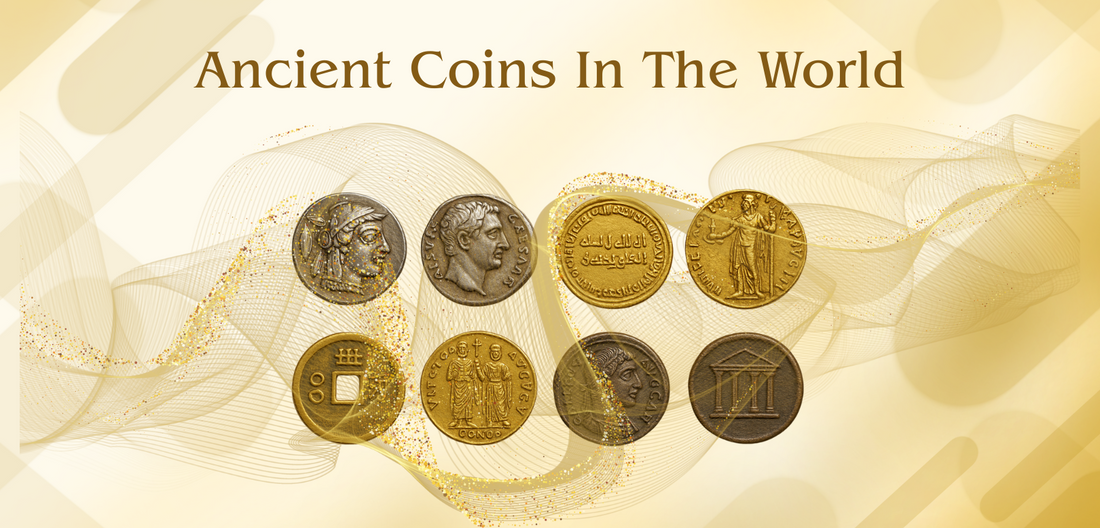
Ancient Coins In The World
Ancient Coins In The World: A Glimpse Into Numismatic History
Ancient coins are more than just historic artifacts; they may be windows into the past—telling stories of lost civilizations, awesome empires, and historical alternate. From roman denarii to greek drachmas, each coin holds cultural, political, and financial importance that also fascinates creditors and historians alike.
What Are Ancient Coins?
Ancient coins refer to currency minted in civilizations from antiquity, such as:
- Ancient Greece
- The Roman Empire
- The Persian Empire
- Historic China
- The Indian Subcontinent
- Byzantine Empire
- Islamic Caliphates
Those coins had been crafted from diverse metals like gold, silver, bronze, and copper. Each kind tells us approximately the technological, financial, and inventive competencies of the era.
Famous Ancient Coins Around the World
1. Athenian Owl Tetradrachm (Greece):
One of the maximum iconic Greek coins, depicting the goddess Athena and her owl. It become extensively used and standard throughout the Mediterranean.
2. Roman Denarius (Rome):
A preferred Roman silver coin that frequently featured emperors like Julius Caesar and Augustus. These coins provide insight into Roman propaganda and management.
3. Gold Dinar (Islamic Caliphate):
Used all through the Umayyad and Abbasid Caliphates, this coin revolutionized Islamic monetary structures and featured Arabic inscriptions.
4. Kushan Dinar (India/crucial Asia):
Regarded for its inventive representation of Hindu and Buddhist deities, reflecting a multicultural empire.
5. Chinese language Ban Liang (Qin Dynasty):
One of the earliest standardized cash of China, reflecting the unification of currency under Emperor Qin Shi Huang.
6. Byzantine Solidus:
A strong gold coin used all through the Byzantine Empire, exceedingly influential in medieval trade.
Why Ancient Coins Matter Today?
· Historical Importance: Ancient coin act as the number one asset for archaeological studies.
· Financial Insights: They reveal statistics approximately exchange routes, inflation, and metallurgy.
· Art and Lifestyle: The imagery on coins reflects historic myths, gods, and royal iconography.
· Collector's Cost: Numismatics, or coin collecting, remains a thriving hobby and educational pursuit.
· How To Collect Ancient Coins Safely?
- Purchase from licensed sellers or auctions.
- Study the coin's starting place and metal composition.
- Hold with acid-unfastened holders and avoid direct handling.
- Authenticate with a numismatist if uncertain.
Final Thoughts
Exploring ancient coins is like maintaining a chunk of history in your fingers. Each coin serves as a miniature time capsule, preserving the legacy of empires long, gone. Whether you’re a records fanatic, a collector, or just curious, delving into historical numismatics opens up a world of discovery.
